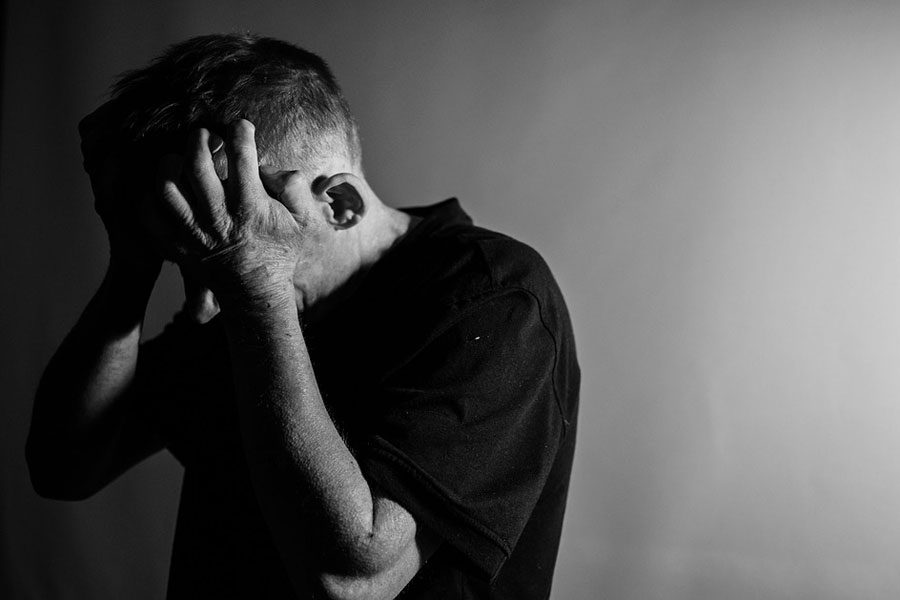Seasonal Depression
Photo by Pixabay
Let’s face it: Utah winter is one of the highest atrocities in this glorious state. It’s dry until Christmas Eve, then it snows until May. Our warm days normally are filled with clouds, and the coldest days of the year have bright sunshine. Because of the height of our mountains, the sun rises an hour later, and sets an hour earlier, ripping us off of our sunlight even more.
Since our weather is filled with more mood swings than a preteen experiencing puberty, it’s no wonder it physically wears us out. For some people, it can even take a hit on their psychological well-being. That’s right: seasonal depression.
Seasonal depression shows up, ruins one’s sanity, and then disappears, only to show up again, exactly on schedule. In more medical terms, the Mayo Clinic defines it as “a type of depression that’s related to changes in seasons… [which] begins and ends around the same time each year.”
Unlike other mental illnesses, this beast only shows up during certain weather conditions– normally winter. Luckily, this means it can typically be predictable. Medications can be increased, and coping methods include simply waiting out the cold weather.
Sunlight is the driving cause of seasonal depression. When it’s too cold to ever leave the house, a body quickly becomes vitamin D deficient. An organization called the Vitamin D Council proposed a theory that the vitamin controls the production and release of neurochemicals, such as serotonin. Serotonin is that lovely little chemical that makes a person feel happy, so when its production is tampered with, depression can easily set in.
As if a lack of the “happy” chemical wasn’t enough, human biology throws another curveball at the mental psyche. When the levels of darkness are increased, the brain releases the chemical Melatonin. This normally helps a person fall asleep, but Mental Health America reports that it also has a link to mood swings. Combine a wacky sleep schedule with moodiness, and you have two more symptoms of depression.
Unfortunately for Utah, our awful winters often worsen the symptoms. With our smog, the sunlight doesn’t reach us at the intensity we need to function. Thick clouds and coats also block out the much-needed vitamin D.
Somehow, with Utah’s terrible conditions, not everyone is cursed with seasonal depression. The Mayo Clinic states that around 5% of all Americans deal with seasonal depression, but individual states can vary from 0-10%. Utah’s climate tends to put it higher on the scale, though the exact percent is unknown.
Personally, I have invested in a light lamp. These miracles of science mimic direct sunlight, causing the body to start making serotonin and stop with the melatonin. They’re a little blinding– imagine staring directly at the sun for fifteen minutes straight– but, as long as you’re at the right angle, you can survive.
When happiness is hibernating, it can seem hard to pull through. If this is your first time experiencing winter depression, have no fear. It will most likely be better as soon as summer rolls around. If the blues stay, then it might be time to speak to a therapist about more permanent coping skills and solutions.

Kallie Brown is completely stoked to be back on staff as a senior and Arts & Entertainment Editor....






